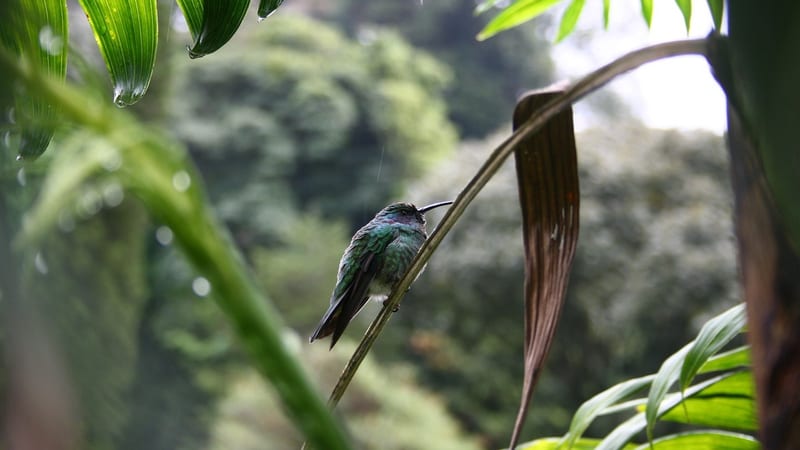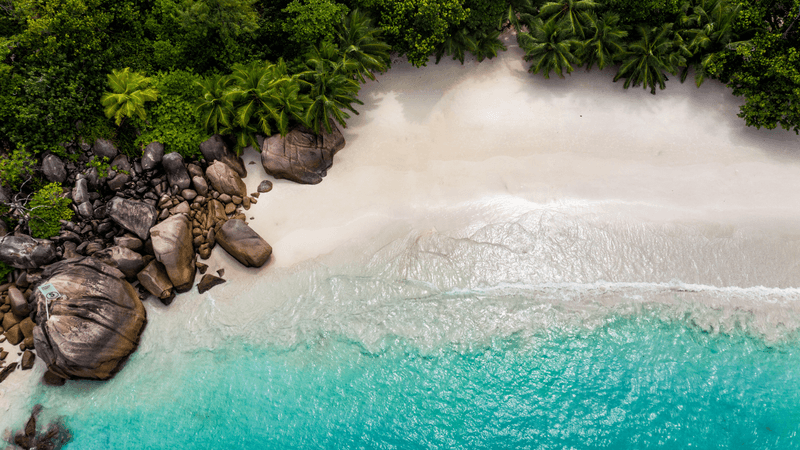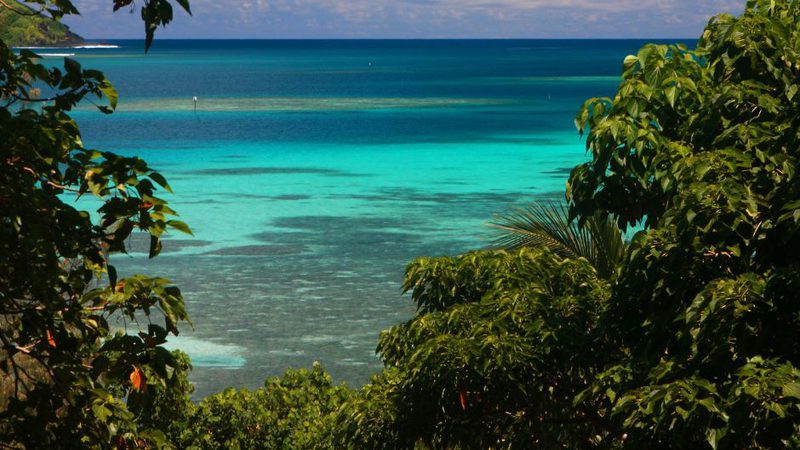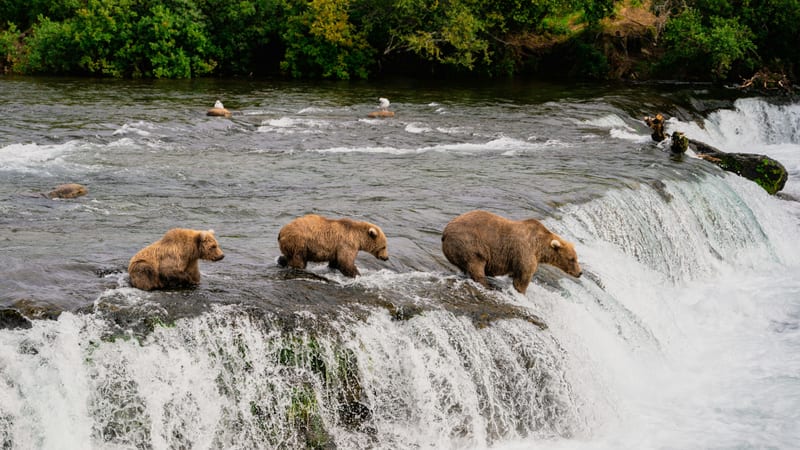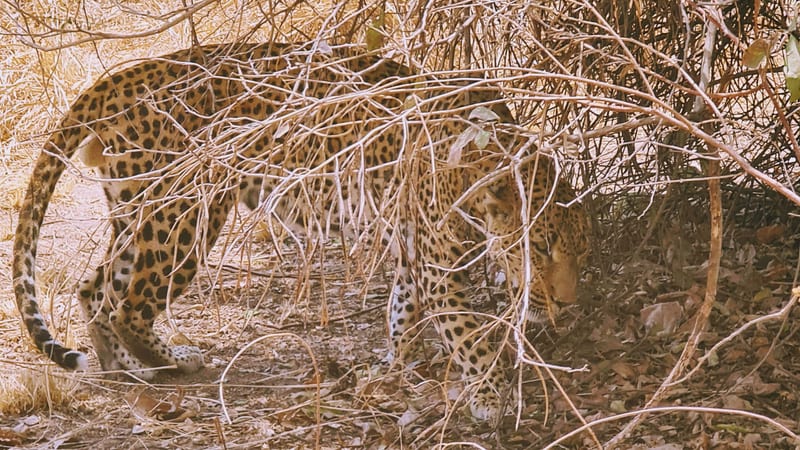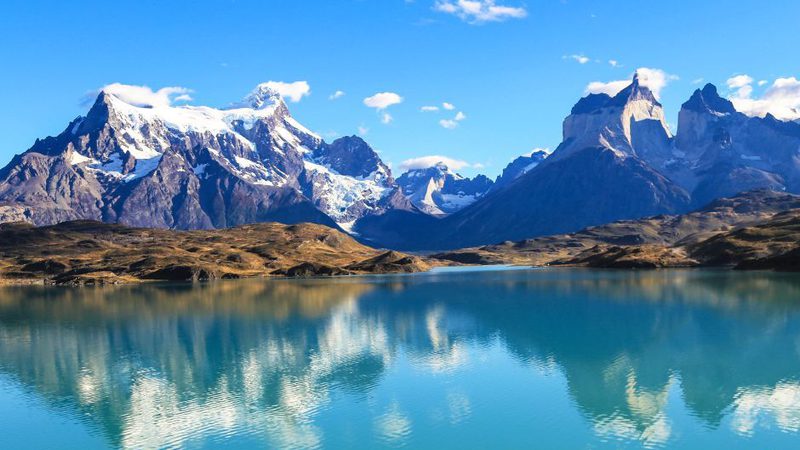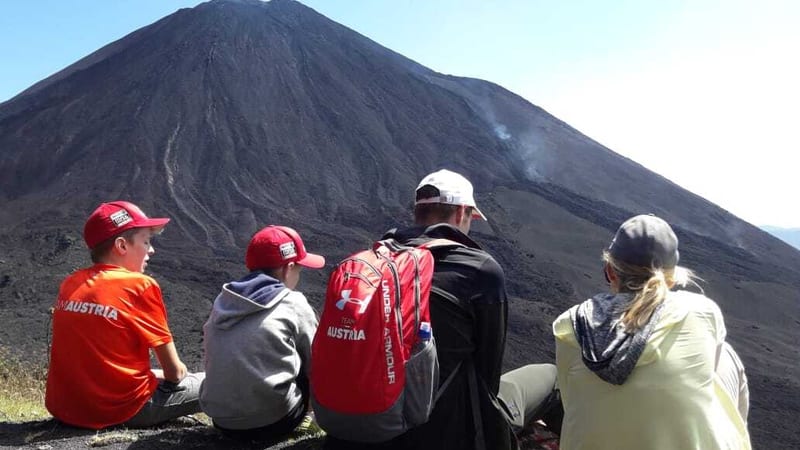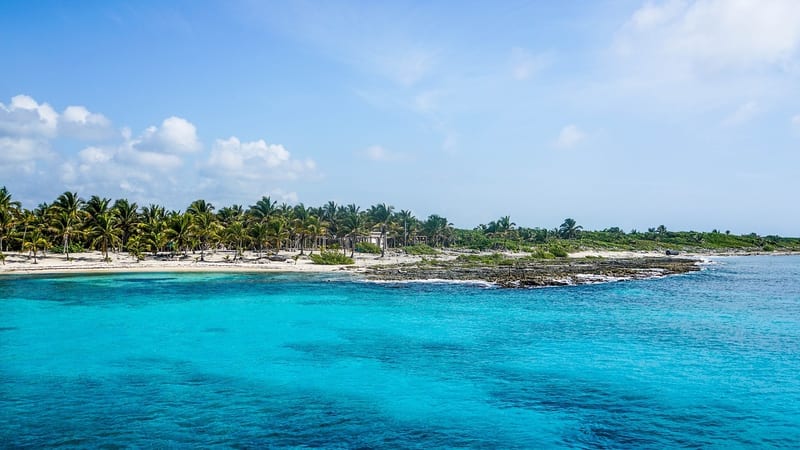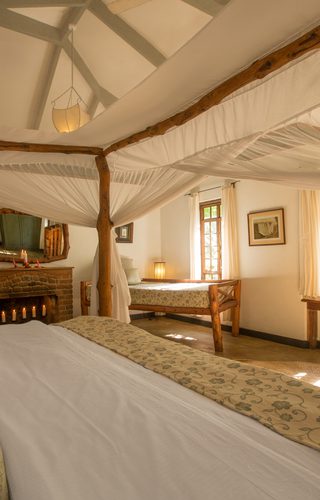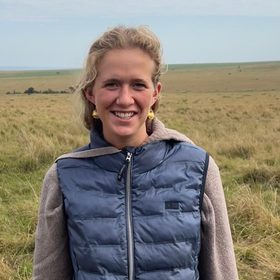Ideally situated for exploring the copious nature reserves that the Arusha region is home too.
Location: Rivertrees Country Inn is located along the banks of Tanzania's Usa River, nestled in fertile gardens at the foothills of Mount Meru, with distant views of Kilimanjaro on clear days. It's conveniently located about 20 to 30 minutes by car from both Arusha town and Kilimanjaro International Airport, making it an ideal first or last stop on a safari journey. The property offers peace and privacy, surrounded by lush landscapes and occasionally visited by black-and-white colobus monkeys, providing a serene country retreat near a safari hub.
Rooms: The in provides 18 unique guest rooms, each designed for comfort and individuality, spread across Garden Rooms, River Cottages, the Farm House, and River House. Garden Rooms are cosy with four-poster or twin beds, mosquito nets, private terraces, and en-suite bathrooms; some interconnect for family stays. The River Cottages, located riverside, offer extra privacy, spacious living areas, outdoor showers, and decks overlooking the water. The Farm House comprises four adjacent rooms ideal for families, while the River House is a standalone villa with two bedrooms, living space, and a private kitchen, perfect for groups or couples seeking exclusivity.
Amenities: Rivertrees balances charm and comfort with thoughtful amenities. Guest can dine in the restaurant overlooking beautiful gardens, indoors by the fire or outside under cedar and flame trees, enjoying fresh, home-grown cuisine including wood-fried pizzas and locally roasted coffee. There is a swimming pool located in the garden, a spa hut for massages, a cosy bar, Wi-Fi in communal areas, and even a small gift-shop and laundry services. The atmosphere feels warm and personal, with outstanding service that reflects the lodge's colonial-stye elegance combined with rustic comfort.
Activities: Whether guests seek activity or relaxation, Rivertrees delivers both. Guided nature and birding walks through the gardens offer close-up views of local flora and faun, including birdlife and resident black-and-white colobus monkeys. Excursions include canoe paddles on Lake Duluti, cycling tours on Mount Meru's foothills, visit to Tanzanian coffee plantations, and cultural walks through local villages. Day trips into Arusha National Park, Lake Manyara, or Tarangire National Park can also be arranged, making the inn a superb base for regional exploration.
Best places to stay in Arusha
Arusha Trip Inspiration
When to visit Tanzania
Find out the best time to visit Tanzania with our month by month guide.
- Best
- Good
- Mixed
- Jan
- Feb
- Mar
- Apr
- May
- Jun
- Jul
- Aug
- Sep
- Oct
- Nov
- Dec
January
January is mixed when it comes to weather, temperatures rise whilst the chance of rain and humidity increases. It is still a good time to go, as the rates are lower yet the game viewing is still excellent.
- During this time migratory herds are in the Serengeti for calving season, meaning the Ndutu plains are busy.
February
The weather remains hot with a chance of rain in February.
- Meanwhile in the Ndutu Plains the migration is still occurring.
March
March is the calm before the storm, before heavy rains and humidity builds. Visitors can take great advantage of lower rates during the low season.
- Migrating herds start to leave Ndutu, heading West towards Grumeti.
April
April experiences continued periods of heavy rain, we would advise against travel due to the conditions.
May
During may there is periods of heavy rain, we would advise against travel due to the conditions.
June
June heralds the wet season, bringing lush green vegetation which can make spotting game more difficult. It is a particularly great time for birders as parks become populated by migratory birds especially in the South.
- Migration is still in the Grumeti area, heading north.
July
July is the start of peak season, temperatures reach up to 30 degrees and the surrounding land becomes drier and spotting game is becoming easier.
- The migration is in the Northern Serengeti moving towards Kenya.
August
August is peak season, with bush land drying out game spotting becomes much easier. If you want to experience Tanzania game at its best, August is the time to travel.
- The migration still remains in the north.
September
Peak season continues in September, the Northern circuit can be very busy, if you want to avoid crowds it's best to visit the southern parks.
- The end of the migration is still in the north with herds on both side of the Kenyan and Tanzanian borders.
October
Peak season continues into October with good game viewing in the Serengeti and southern parks.
- The migration has now crossed over into Kenya.
November
November is the start of the rainy season, the rains tend to be overnight so it is still a popular time to travel. During this month you can take advantage of low season rates.
- Migration crossing over into the Serengeti can be seen a the Tanzania and Kenya border.
December
Rains continue in December, whilst the temperature and humidity start to build. Venturing out on safari is generally good, with large game still easily spotted.
- Migrating herds in the north travel south back to Ndutu.
Speak to a Tanzania expert today
and start planning your tailor-made vacation

Alistair





